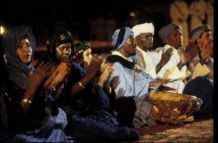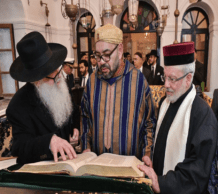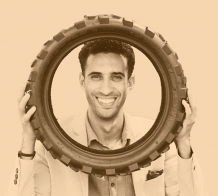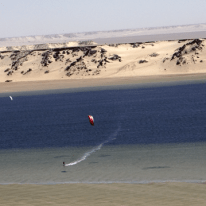
On November 15, 2019, during the COP22 in Marrakech, two Moroccan organizations and the U.S. Department of Energy made a decision to develop the first Solar Decathlon AFRICA competition. The event was set to take place in September 2019. The commitment was signed by memorandum between the US department and the Moroccan Ministry of Energy, Mines and Sustainable Development; and the Moroccan Research Institute in Solar Energy and New Energies (IRESEN).
In honor of the agreement, the Decathlon is currently taking place in the green city Mohamed VI of Benguerir, located in Marrakech-Safi region. From August 19, 2019 students from around the world began building solar-powered energy-efficient, affordable homes. They have until September 9th to complete their designs. One team named Inter-House is from the Colorado School of Mines, Cadi Ayyad University and the National School of Architecture of Marrakech. “The experience of being able to try to pull something off on a really big scale, no senior capstone project probably is of this magnitude…..(here) you’re designing and then building in a completely foreign country,” said John McDowell, a senior from the Colorado school.
The competition aims to meet Morocco’s objectives to reach high levels of sustainability in the energy sector. According to the Solar Decathalon committee, the focus is on “conceptualizing sustainable low-energy-consuming buildings that reach the bid of net-zero energy building.. and to increase the usage of renewable energies in building construction.”
The houses are being built between the Green Energy and Green & Smart Building Parks. The event is organized by the Moroccan Ministry of Energy, Mines, Water, and the Environment (MEMEE); the Moroccan Research Institute in Solar Energy and New Energies (IRESEN); and Mohammed VI POLYTECHNIC UNIVERSITY.
The competition lasts from Sept 9th-29th. The mission is to raise global awareness to retain Africa’s culture and heritage in construction.
“Buildings in Africa are closely linked to culture, religion and the environment. Each region builds with local materials creating the effect that the buildings themselves are an extension of the earth. Religious symbols are incorporated into building decoration and structures are designed with daily life in mind. African buildings often overcome problems such as weather or comfort using very practical and simple solutions. For example, the Medina in Fez, Morocco was built with thick-walled houses and narrow streets to block out the hot summer sun and retain heat in the cold winters. This simple solution has been effective for hundreds of years. There is a beauty in how historic African architecture considers these factors in creating elegant and practical buildings.”





